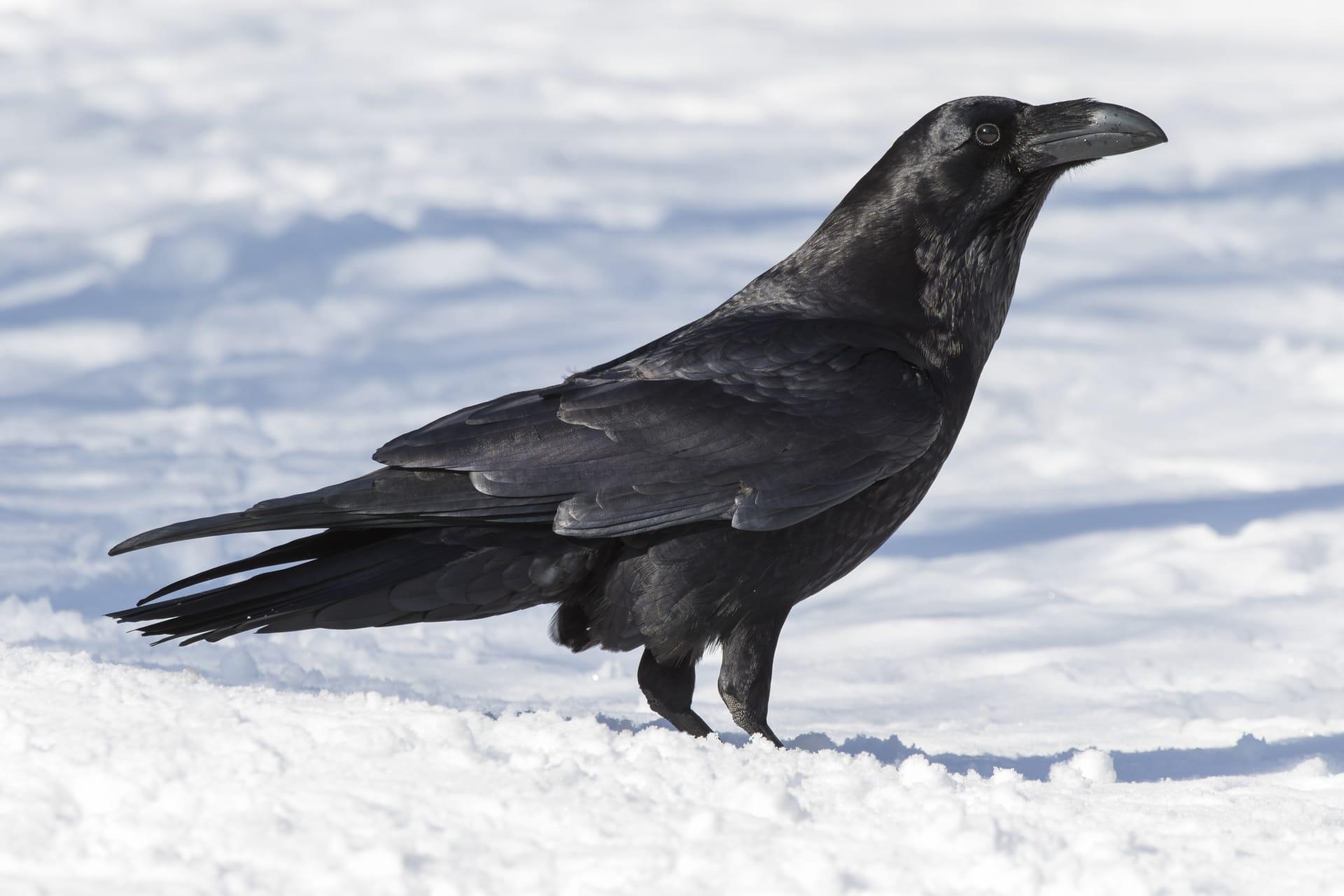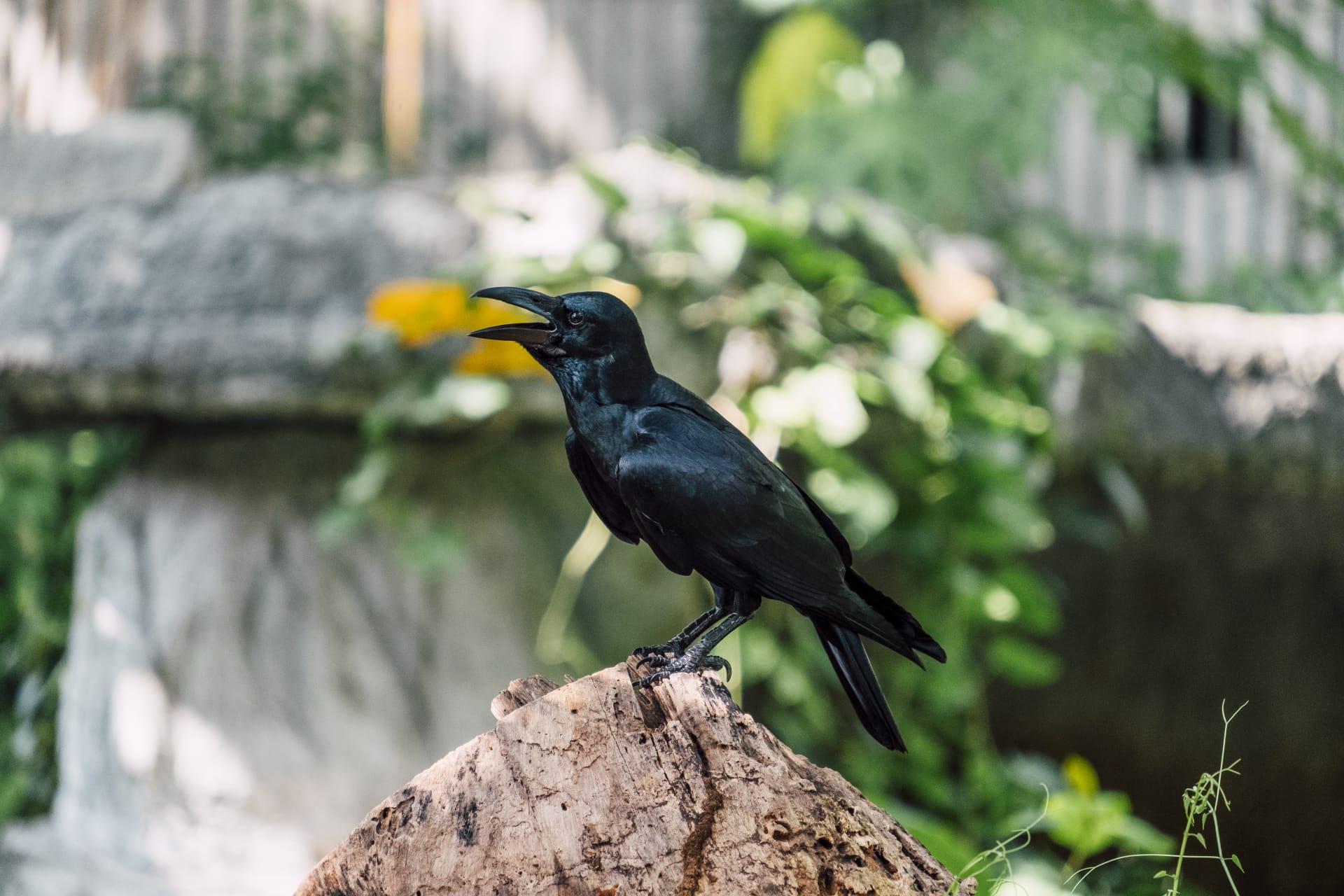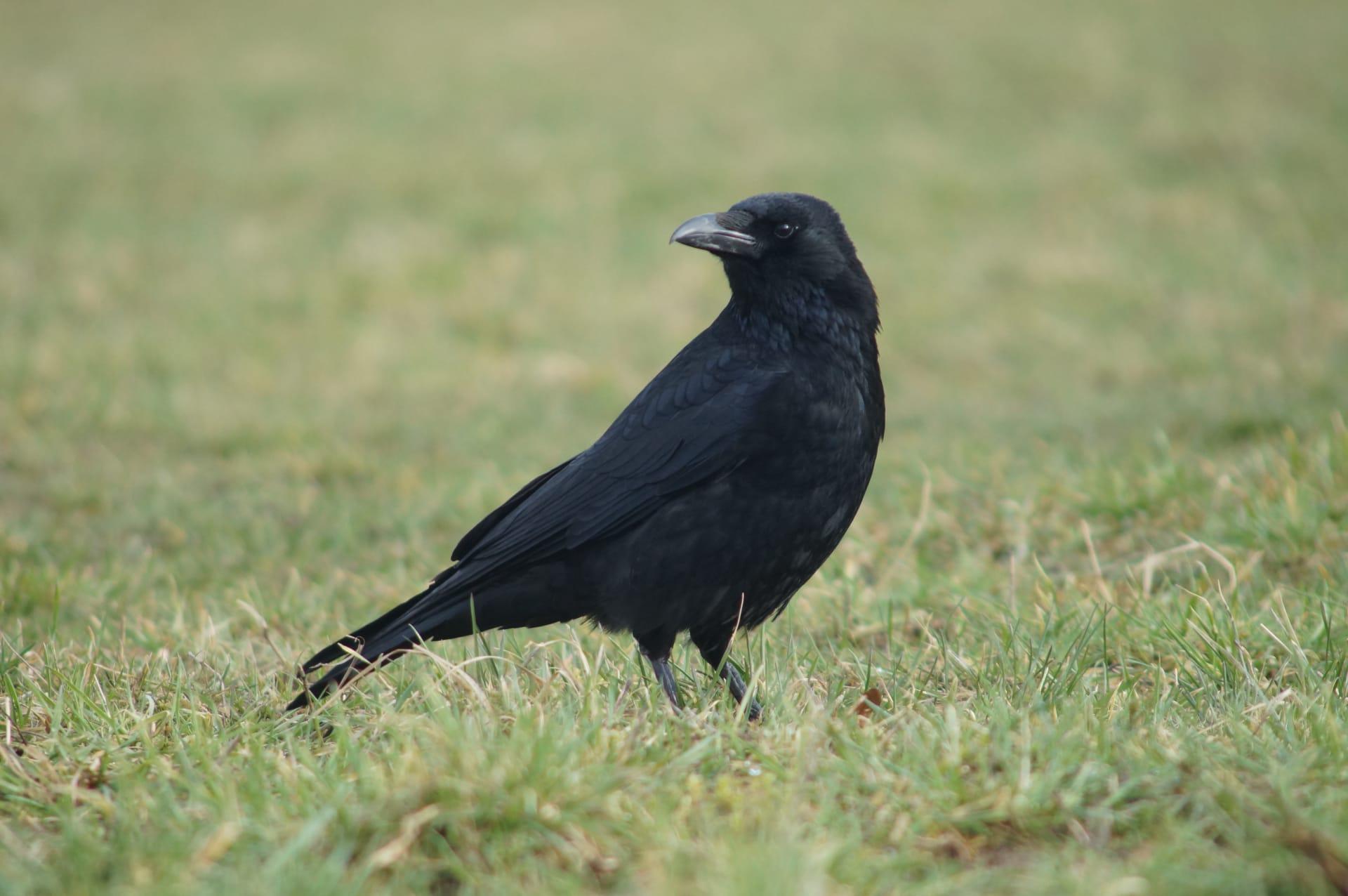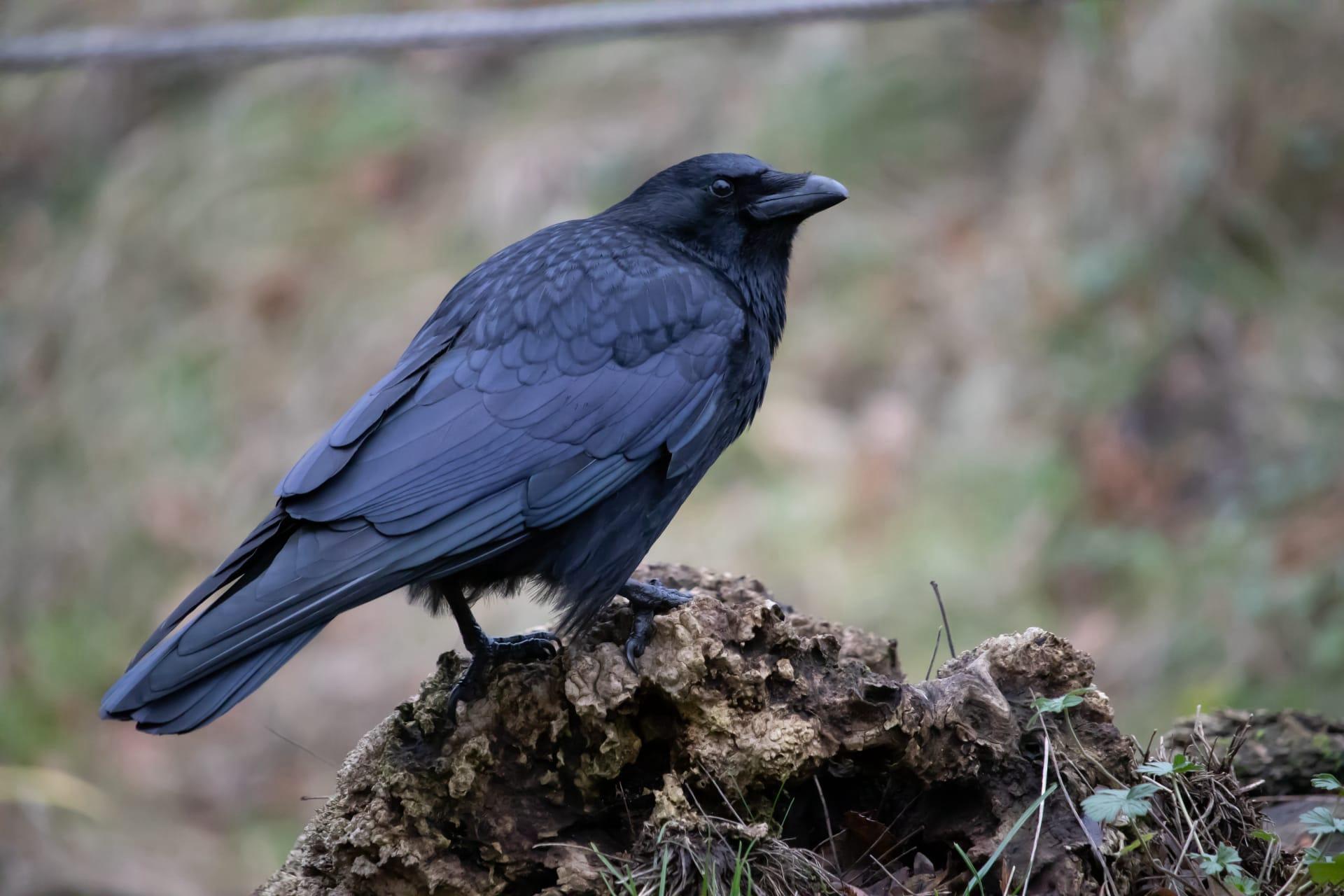Crow
- Home /
- Mini Encyclopedia /
- Animal /
- Crow
1
Crows, a member of the genus Corvus, belong to the family Corvidae. This genus includes about 40 species, such as the common raven (Corvus corax) and the American crow (Corvus brachyrhynchos). These birds are known for their distinctive black plumage, intelligent behavior, and adaptability. Crows have a widespread presence across various continents, with species adapted to a multitude of habitats.
Crows are found on every continent except Antarctica. Their distribution is extensive due to their adaptability to diverse environments, ranging from woodlands and agricultural areas to urban settings. The American crow, for instance, is widespread across North America, while the Carrion crow (Corvus corone) is commonly found in Western Europe and eastern Asia. These birds thrive in a range of climates, from temperate regions to tropical areas, demonstrating remarkable ecological flexibility.

2
Question: Do crows remember human faces and hold grudges?
Answer: Yes, research has shown that crows can recognize and remember human faces. In a famous study, researchers wearing masks observed a significant increase in defensive behavior from crows who had previously encountered threatening humans. These birds not only remembered individual faces but also communicated this information to other crows. This remarkable memory capability is a part of their survival strategy, helping them identify potential threats and allies in their environment.

3
Crows exhibit a range of survival strategies that showcase their intelligence and adaptability. One notable trait is their ability to use tools. For instance, the New Caledonian crow has been observed using sticks to extract insects from tree bark. This behavior demonstrates not just the use of tools, but also the ability to craft them to suit specific needs.
Another survival strategy of crows is their complex social structure. They live in large, close-knit groups, known as 'murders', that cooperate in hunting, defending against predators, and caring for the young. This social structure provides them with a high survival rate and assists in the learning process, as younger crows learn from the experiences of older members.

4
In the ecosystem, crows play a multifaceted role. They are both predators and scavengers, which helps in controlling the population of smaller creatures and cleaning the environment. For instance, they feed on harmful insects, small mammals, and carrion, thus contributing to the balance of their ecosystems.
Crows also impact seed dispersal. They consume fruits and later excrete the seeds in different locations. This not only aids in plant propagation but also in the diversification of plant species across different areas. Additionally, crows can influence the population dynamics of other birds, either through predation of eggs and young birds or competition for resources.

5
Film: "The Intelligence of Crows," a documentary produced in the United States in 2019, delves into the astonishing cognitive abilities of crows. It explores their problem-solving skills, social behaviors, and remarkable memory, offering insights into how these birds adapt to urban environments and interact with humans.
Book: "Gifts of the Crow" by John Marzluff and Tony Angell, published in the United States in 2012, explores the complex behavior of crows and their cognitive abilities. The book combines scientific research with engaging anecdotes to illustrate how crows communicate, plan, empathize, and even play.
Book: "Mind of the Raven" by Bernd Heinrich, released in 1999 in the United States, is not exclusively about crows but includes them as part of the broader corvid family. This book investigates the intelligence of ravens, closely related to crows, and presents a detailed study of their social interactions, problem-solving skills, and adaptation to their environment.